MACEDONIAN KINGDOM.
Alexander III the Great (336-323 BC).
AV distater (22mm, 17.22 gm, 10h).
NGC Choice AU 5/5 - 4/5.
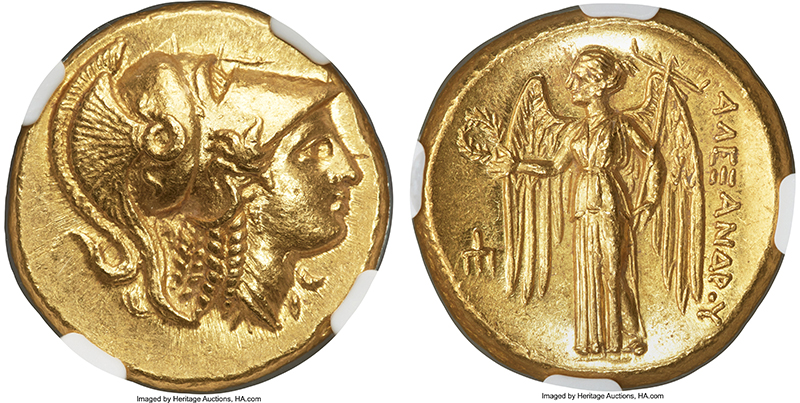

MACEDONIAN KINGDOM.
Alexander III the Great (336-323 BC).
AV distater (21mm, 17.20 gm, 7h).
NGC AU 5/5 - 3/5, Fine Style, edge cut.
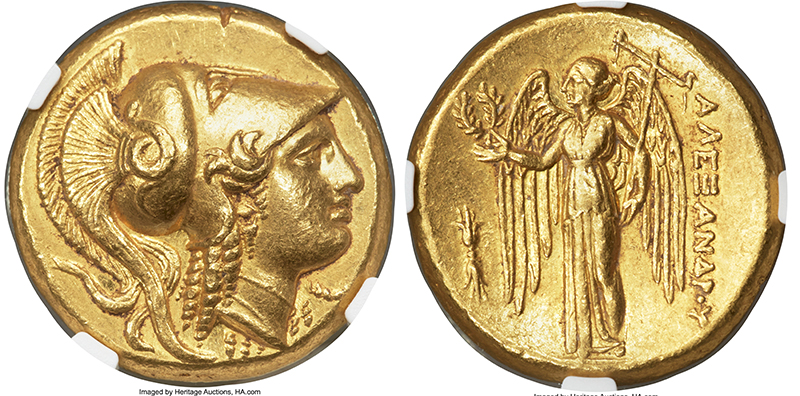
BITHYNIA.
Cius. Ca. 350-300 BC.
AV stater (18mm, 8.56 gm, 12h).
NGC Choice XF 5/5 - 4/5.
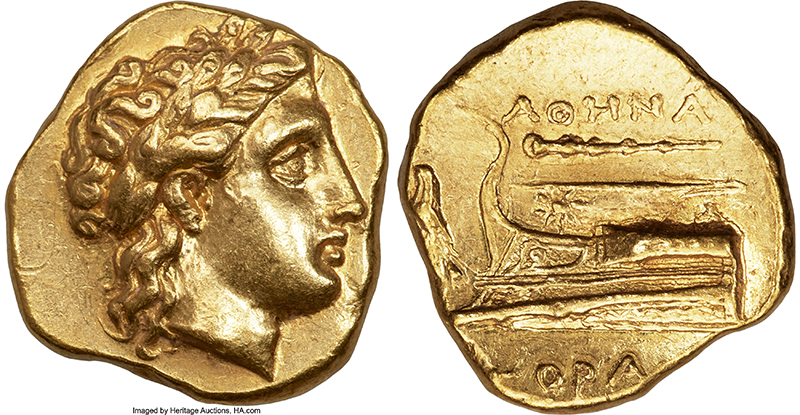
Augustus (27 BC-AD 14).
AR cistophorus (25mm, 11.70 gm, 2h).
NGC Choice AU 5/5 - 2/5, Fine Style, brushed.
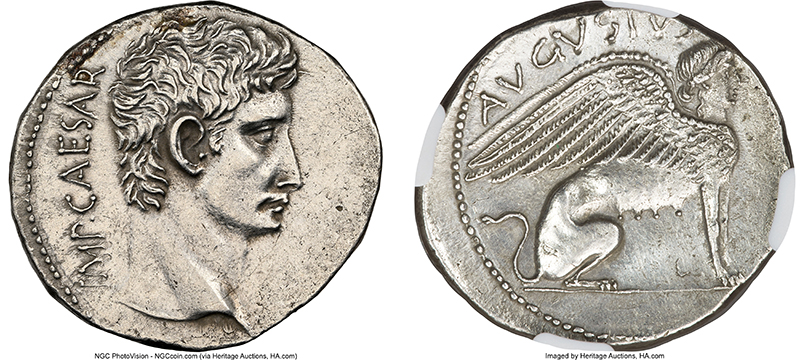
Claudius I (AD 41-54).
AV aureus (19mm, 7.90 gm, 5h).
NGC Choice AU★ 5/5 - 4/5, light marks.
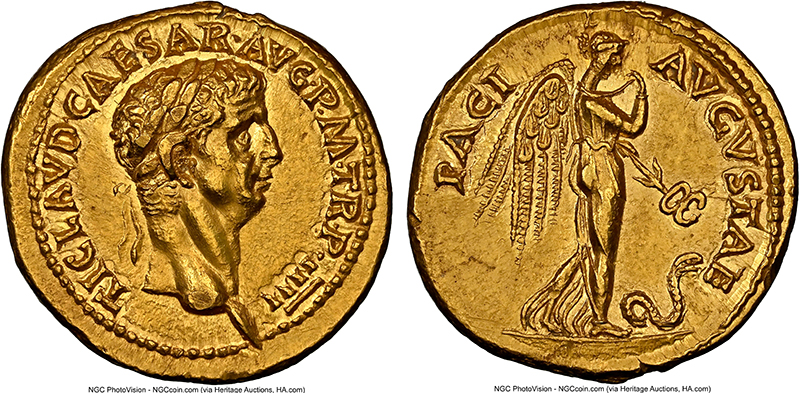
Louis XV
gold "Louis XVI & Marie Antoinette Marriage"
Medal 1770-Dated MS62 NGC
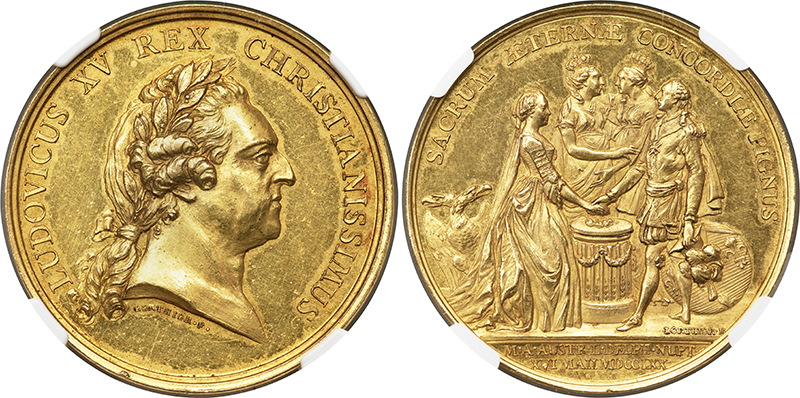
Elizabeth I (1558-1603)
gold "Ship" Ryal of 15 Shillings ND (1584-1586)
MS63 NGC

Archive: People and Markets
The Naseby Cup – Coins and Medals of the English Civil War
The Naseby Cup is a Victorian vessel of extraordinary numismatic importance, as many incredibly rare coins from the English Civil war are integrated into it. A publication on the cup and its coins will soon be available.
Royal Dutch Mint and Osborne Coinage Join the Heimerle + Meule Group
It was only recently that we posted about the acquisition of Reischauer by the Heimerle + Meule Group – but the next big announcement follows right away: the company acquired all shares in the Royal United Mint, who is the parent company of well-known businesses like the Royal Dutch Mint and Osborne Coinage.
Archive: Coins, Medals and more

Coins on Coins: When Numismatic Legends Are Reborn
Switzerland receives much acclaim for its redesign of the 100-franc Vreneli. Yet, success is not a given—numerous challenges arise for mints and artists alike.
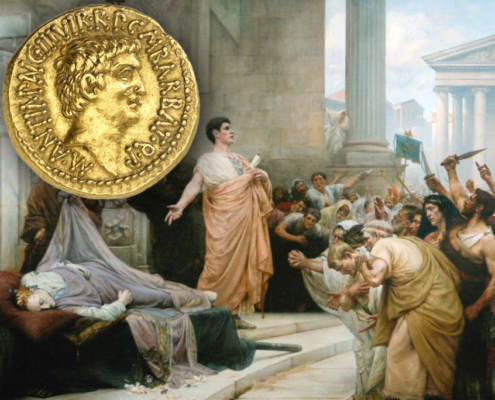
Marcus Antonius: The Loser Who Did Not Write History
Künker’s auction 419 features numismatic rarities from the Roman civil war that followed Caesar’s death. In addition to the Eid Mar denarius, aurei of Marcus Antonius will cross the auction block. We will re-tell his story – from his point of view, not that of Augustus.







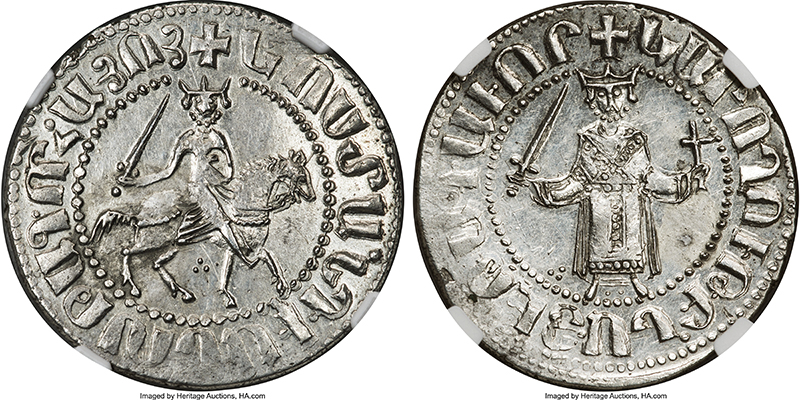
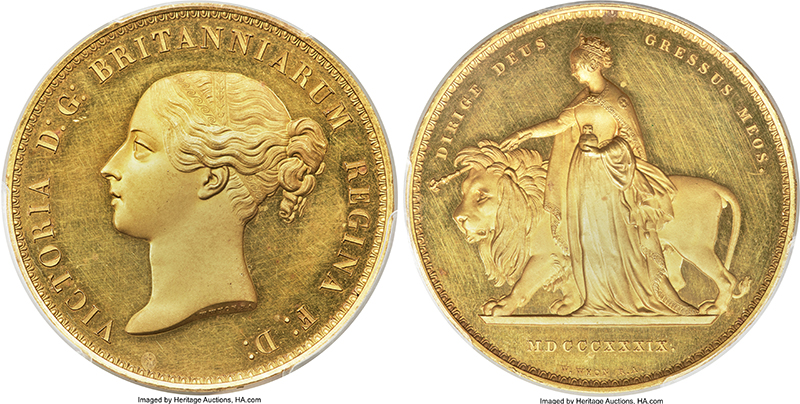
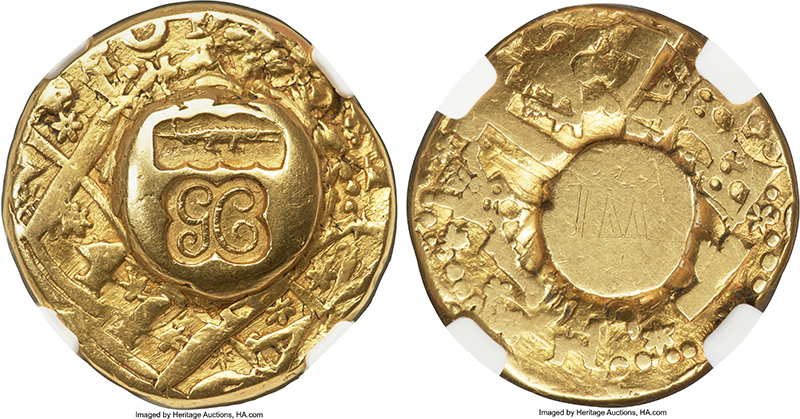
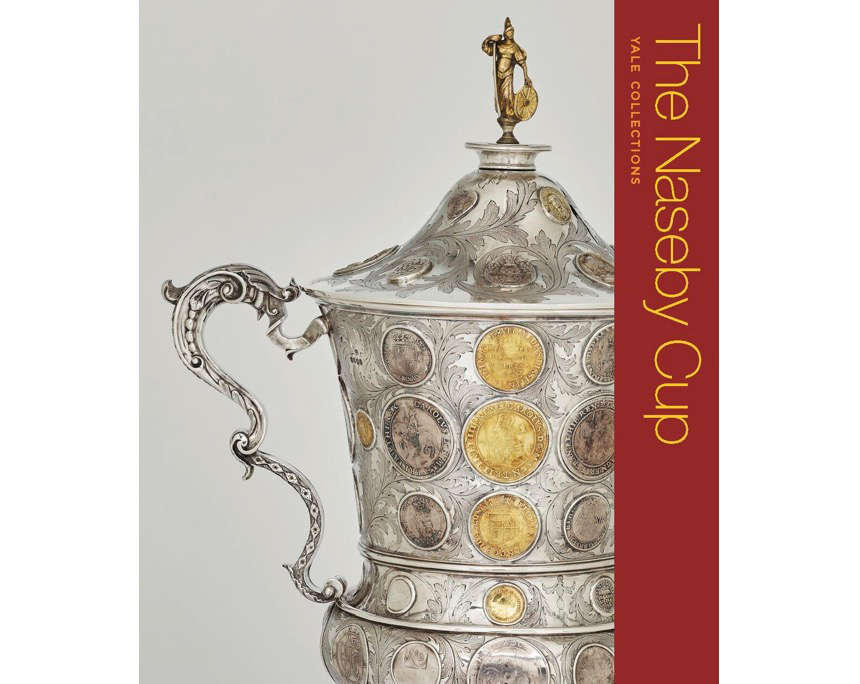
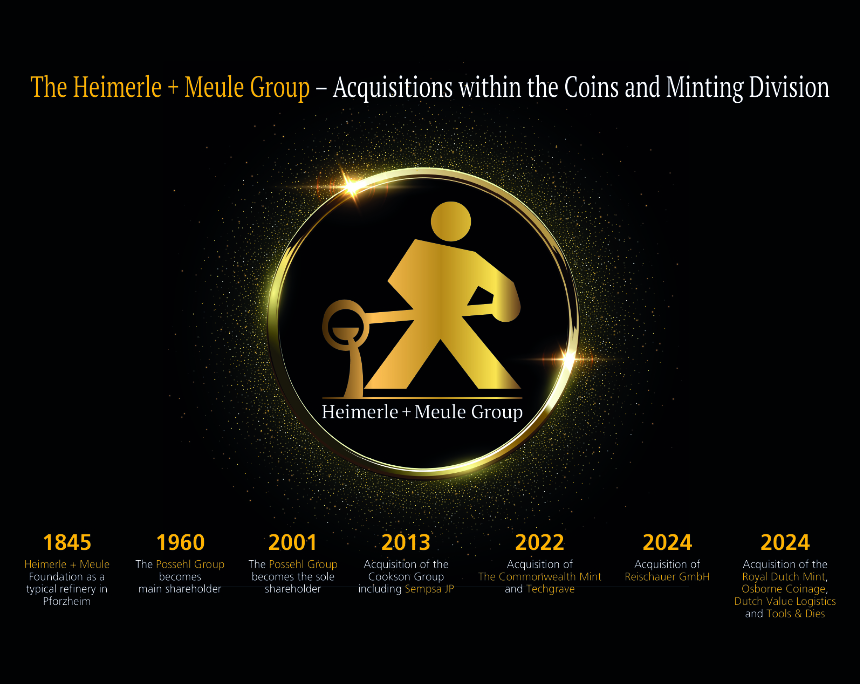

The Brahekyrkan Coin Hoard – A Sensational Find on Visingsö
Swedish archaeologists made a spectacular discovery on the island of Visingsö. They found 170 coins from the mid-12th century in a grave, posing a number of questions.
Swinging London: Coinex 2024
Despite Brexit and competing events, Coinex is definitely worth a trip – especially to meet the many young dealers who gather there. After all, London is swinging at Coinex, too! Ursula Kampmann reports.